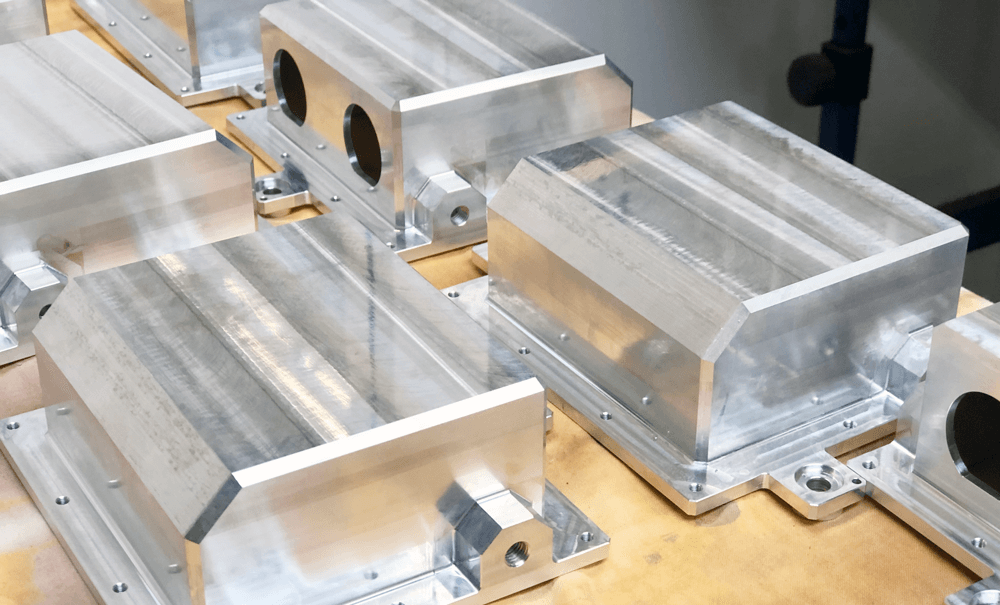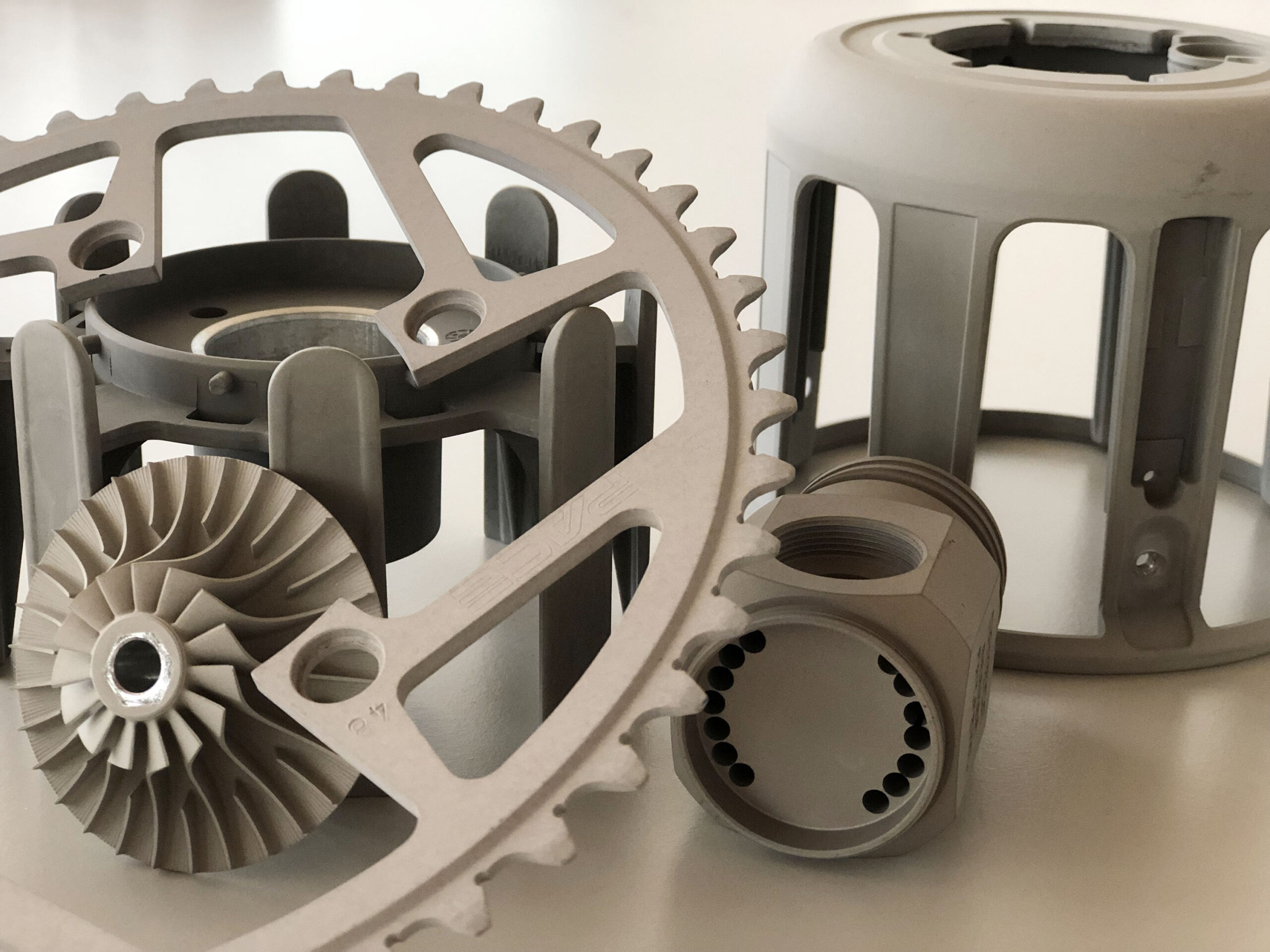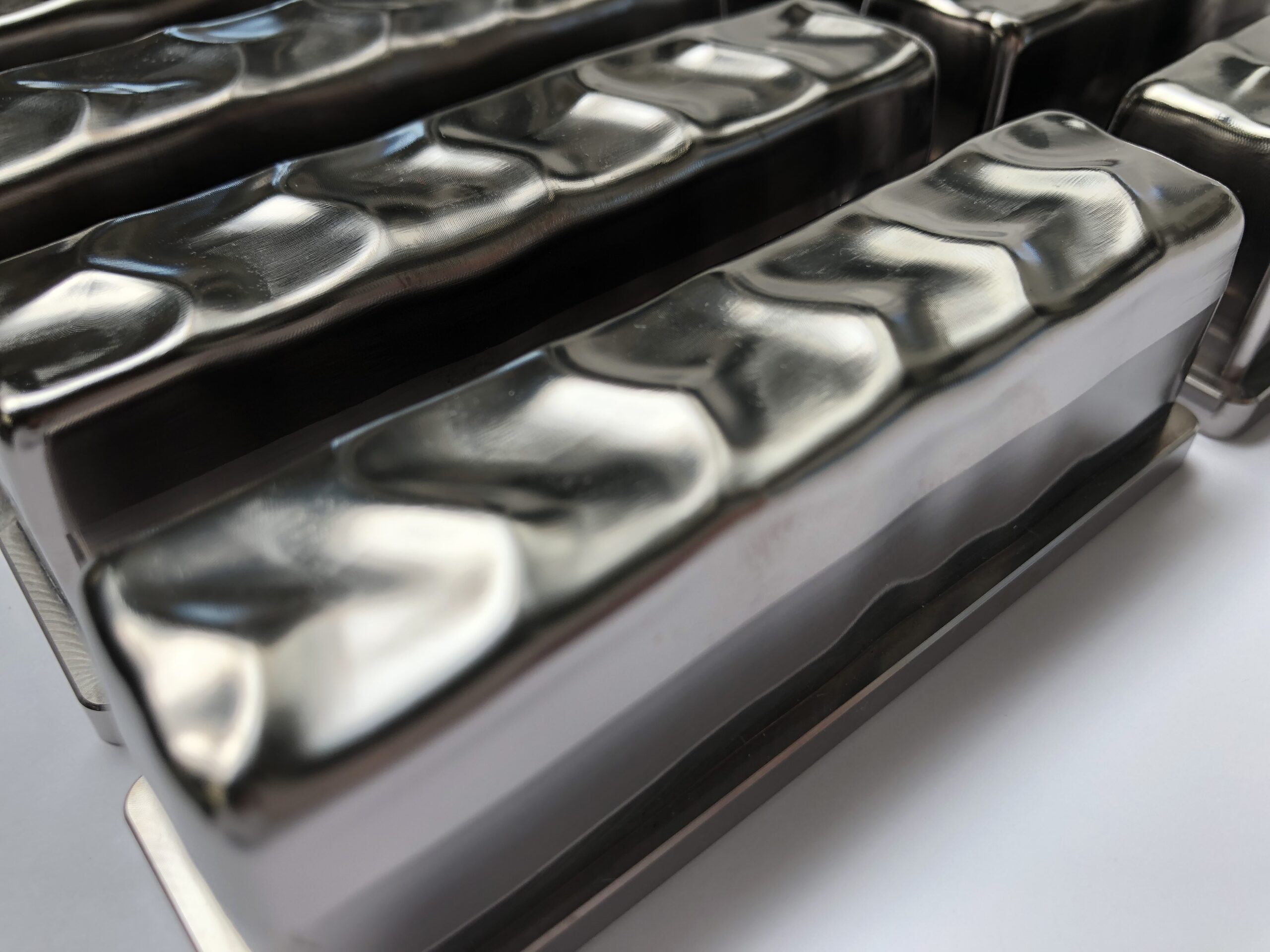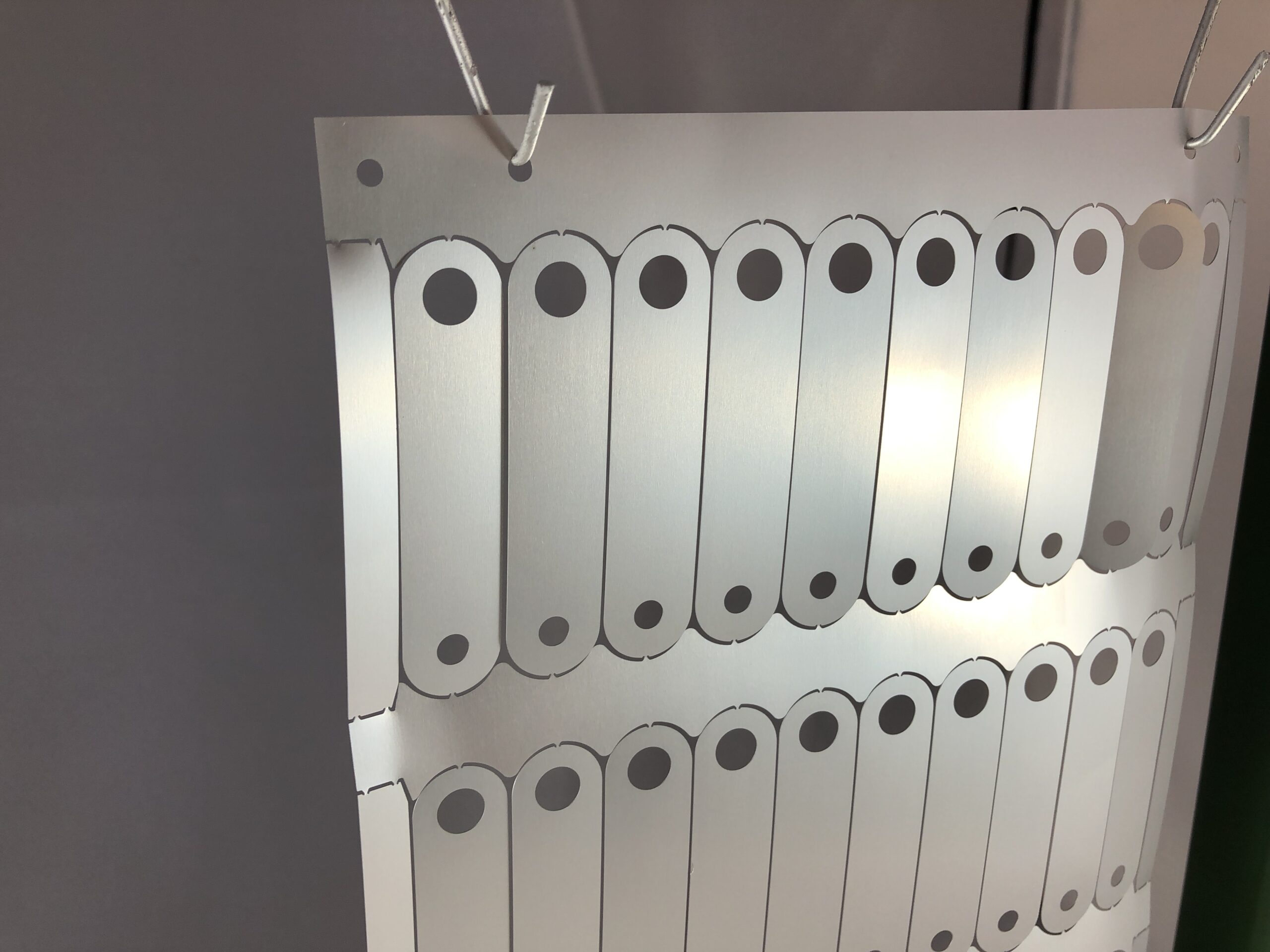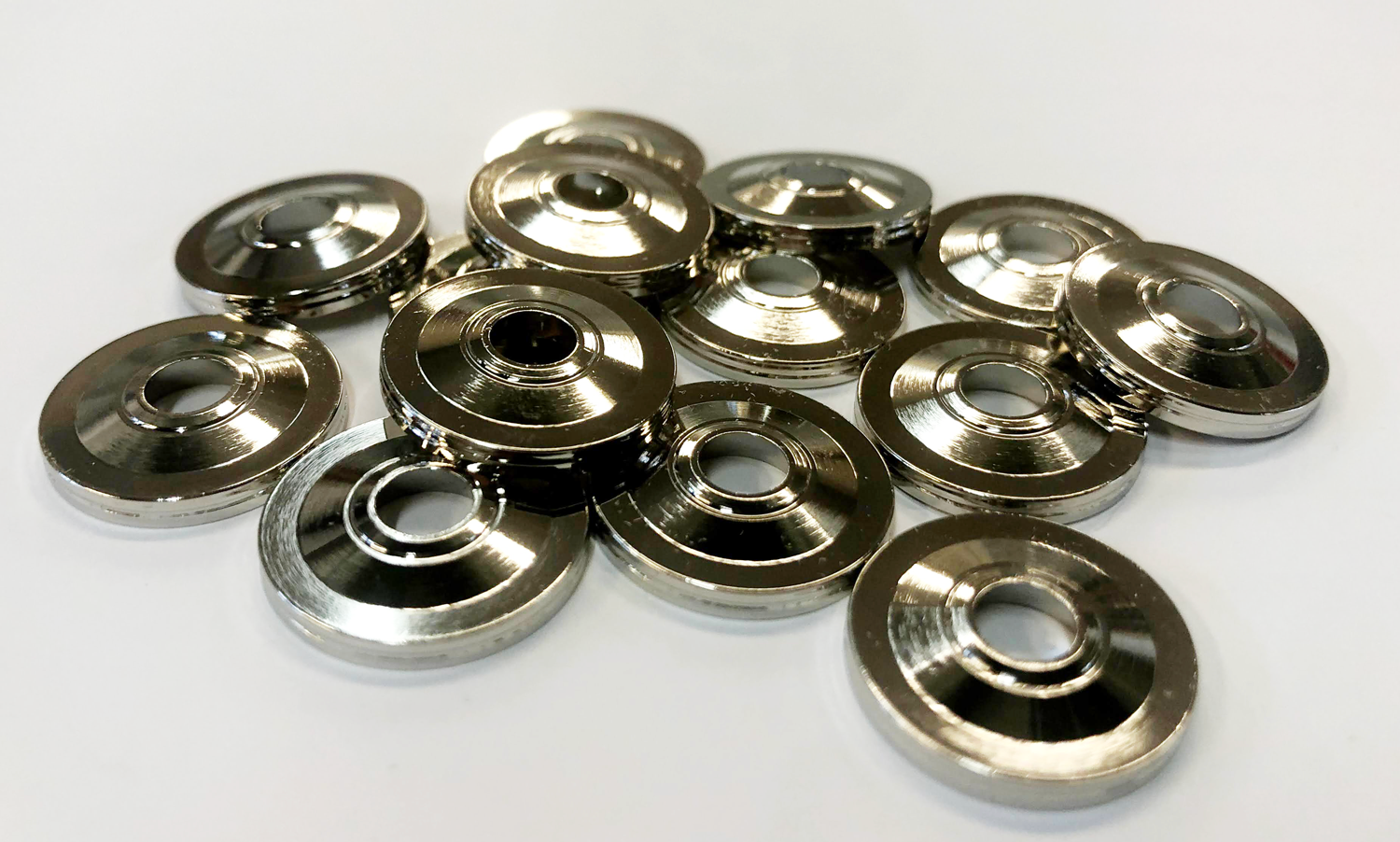
Surface properties
Surface treatment with tin plating gives your items the following properties:
- Corrosion
- Soldering
- Electrically insulating
Tin plating
Tin plating is a type of surface treatment in which a subject will have a coating of tin. Tinning is carried out either by electrolytic tin plating or by hot dip tinning.
Electro tin plating
The tin plating, also called electro – tin plating is done by electroplating. The normal layer thickness has for many years been between 5 and 10 microns. Today the most common thickness is as low as 0,1 microns tin and supplied with a coat of clear varnish.
Tinning example, used advantageously for electronic articles, because you can easily solder on the tin.
Tinning of iron cans is in great competition with aluminum. Therefore, attempts are being made to produce a still thinner layer tinning supplemented with coating of lacquer and heat treatment, without compromising the corrosion resistance. By heat treatment you obtain melted tin almost without pores and left with a beautiful gloss.
Tin / Tin lead tinning
Sur-Tech also performs Tin / Tin lead tinning. The coating is used within soft soldering of electronic components. It is especially suitable for the avoidance of whiskers’ (TECHNO – TIN)
Tinning of copper
Tin is an ampholytic metal, i.e. it reacts with both acidic and alkaline substances. In contrast, tin is resistant in neutral environment. In contrast, tin is resistant in neutral environment. It will not corrode in deionized water and has for many years been used for tin-plating of copper to the distilled water.


